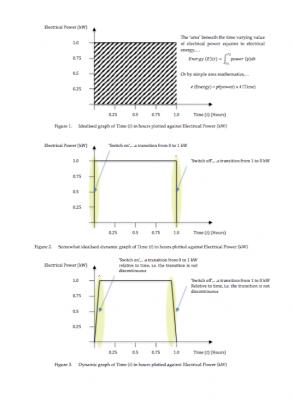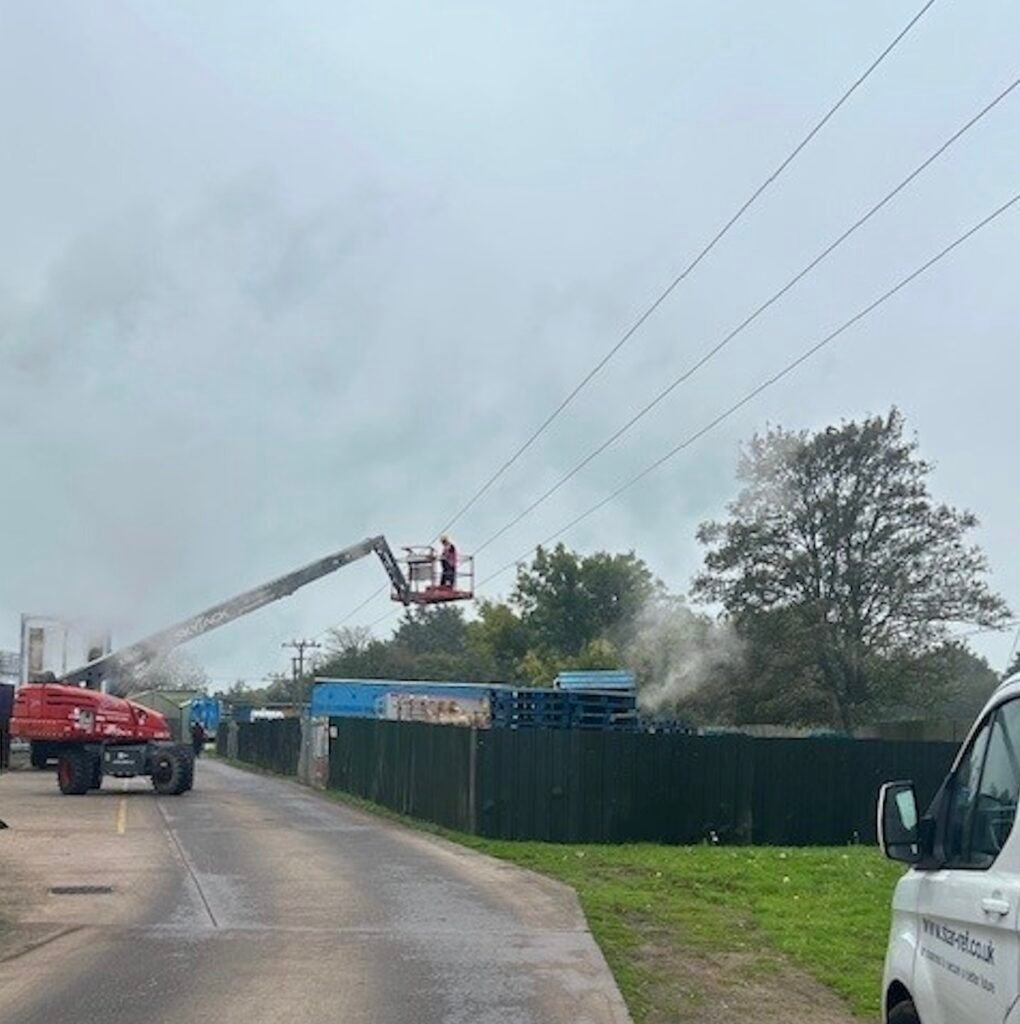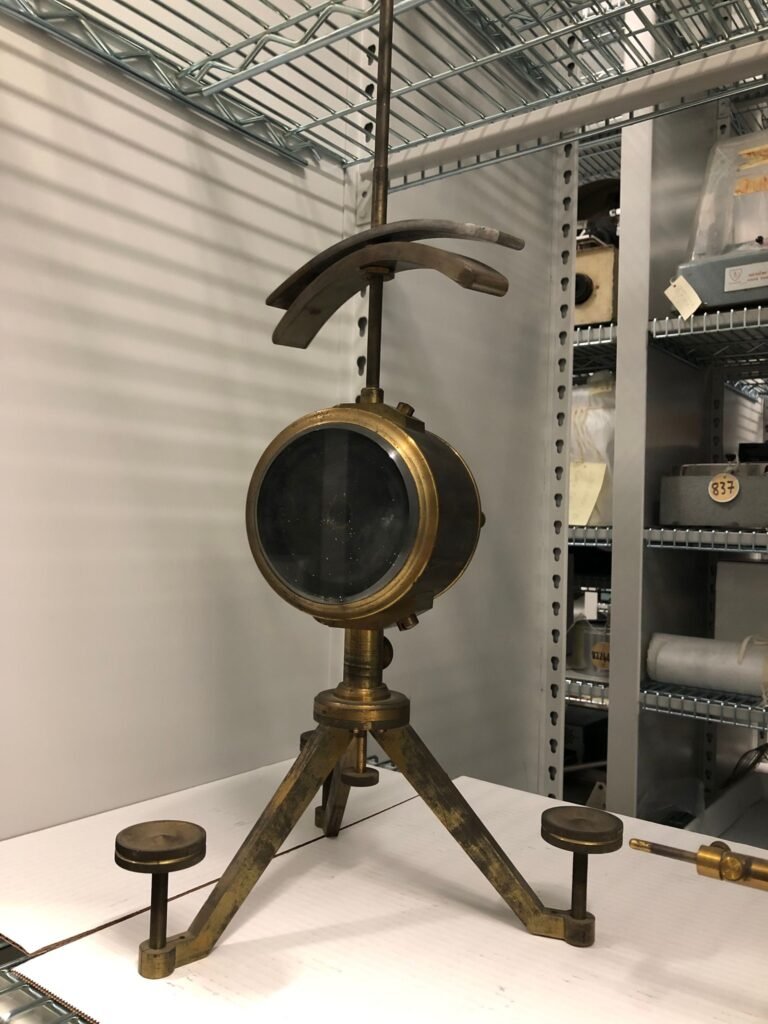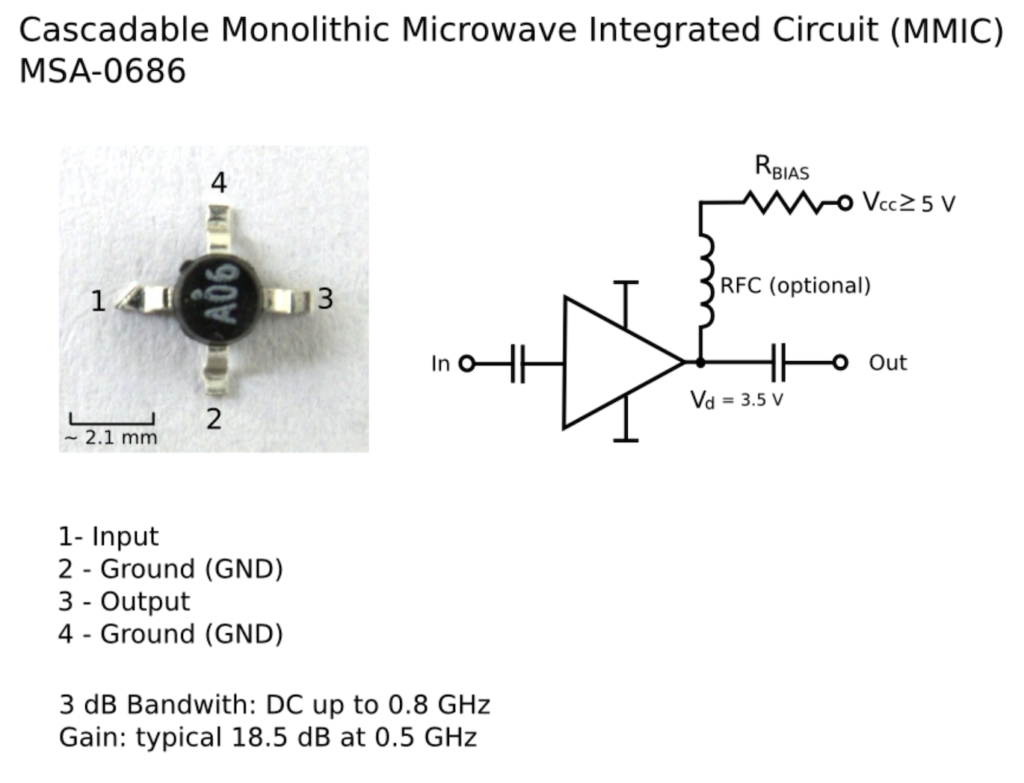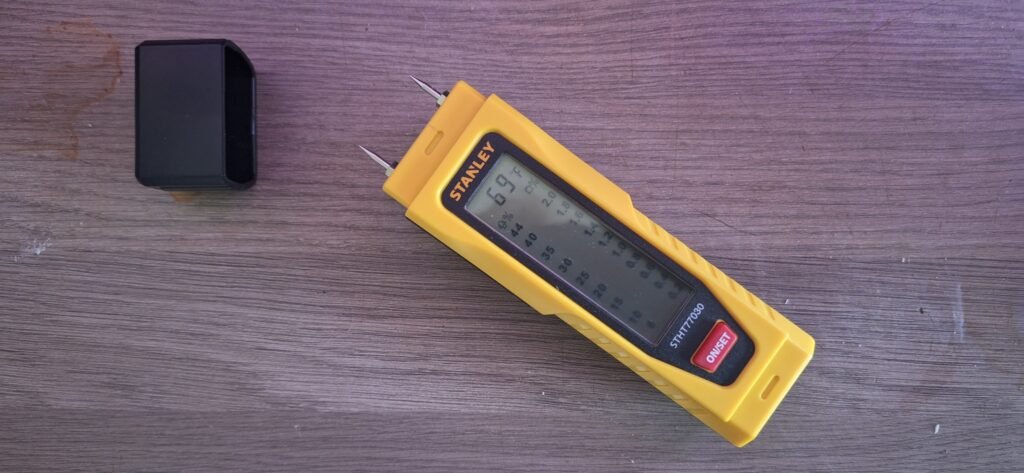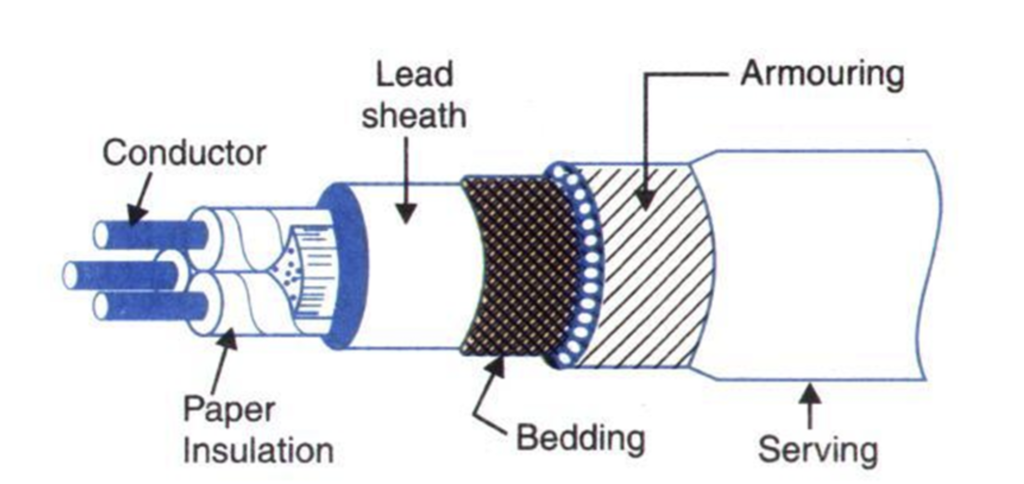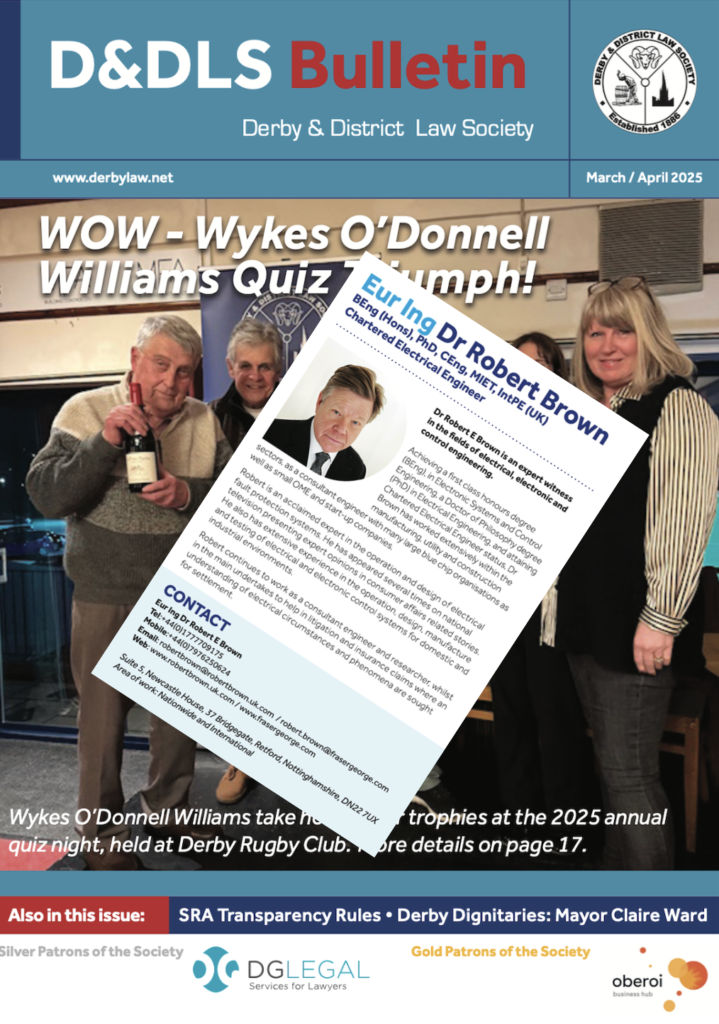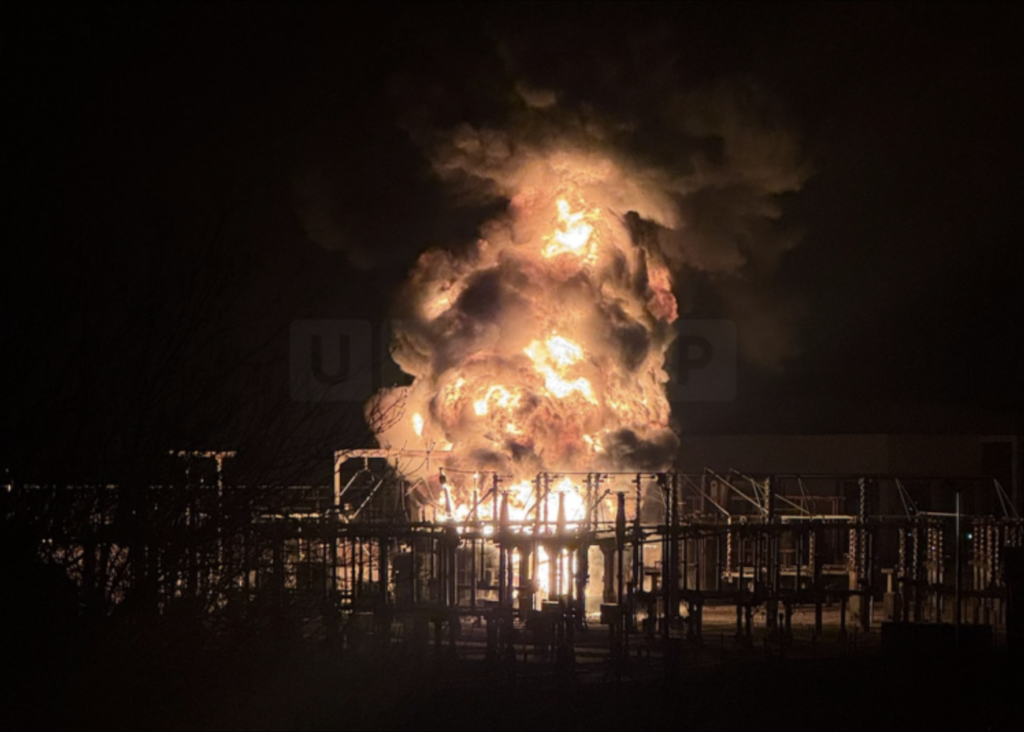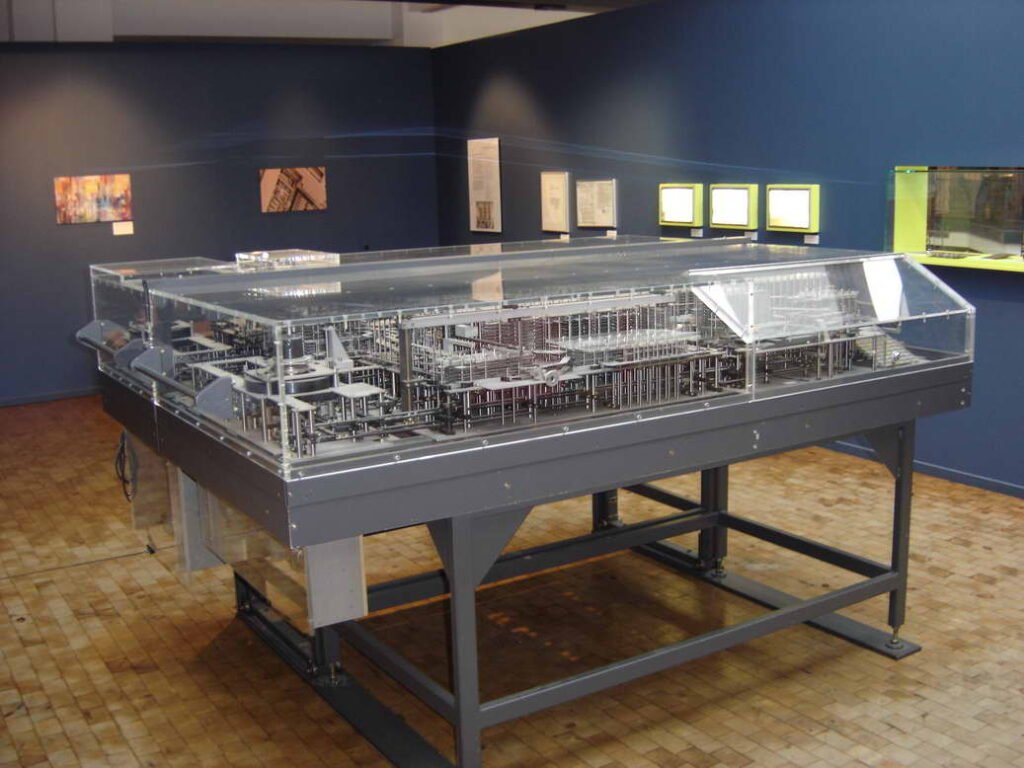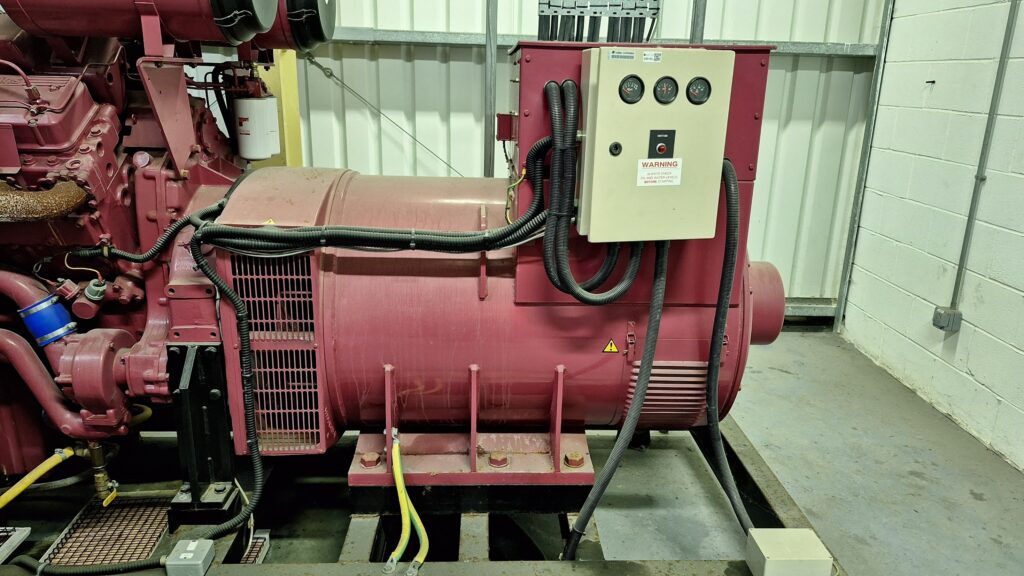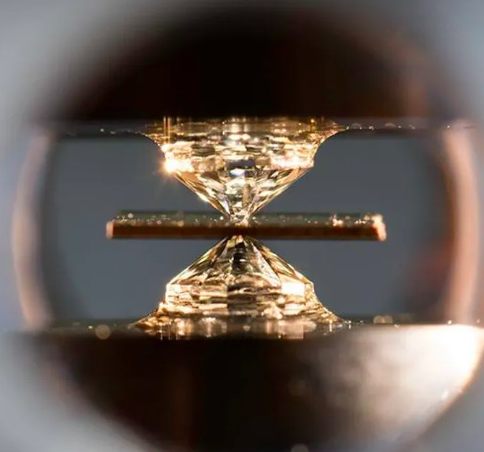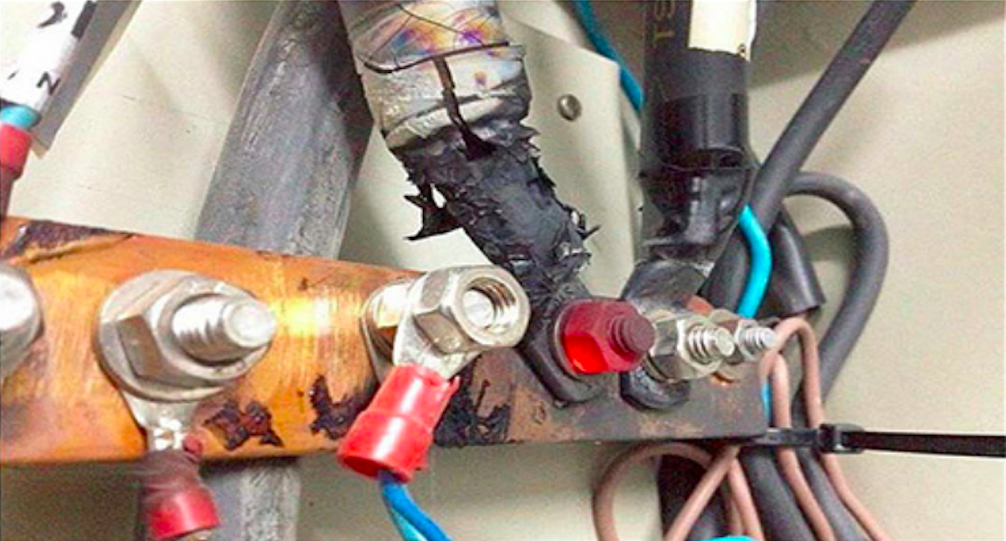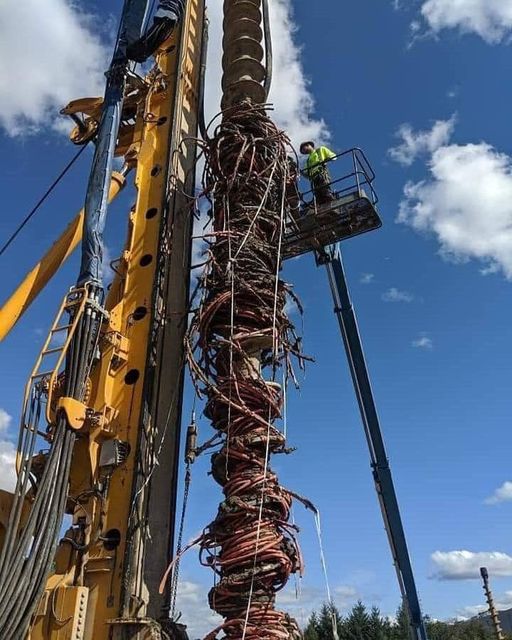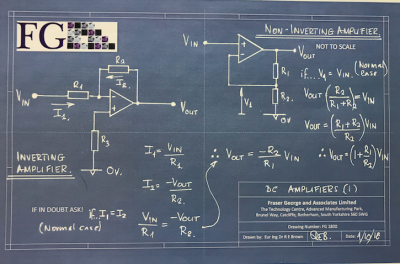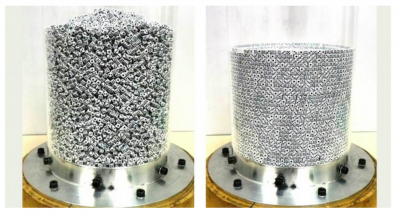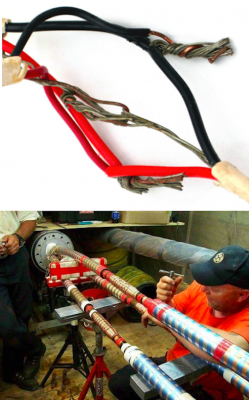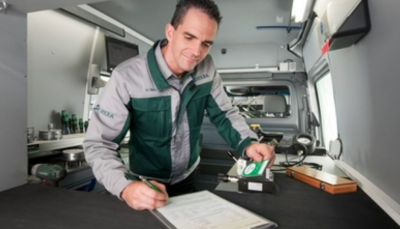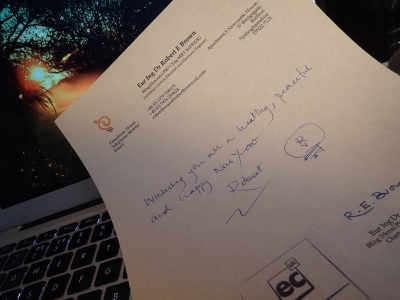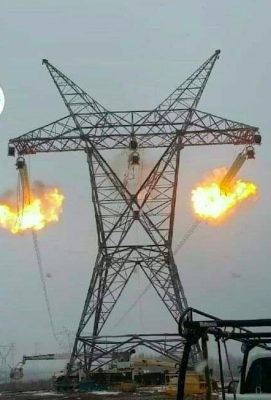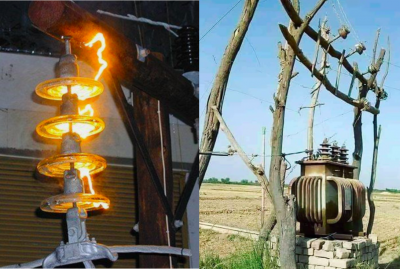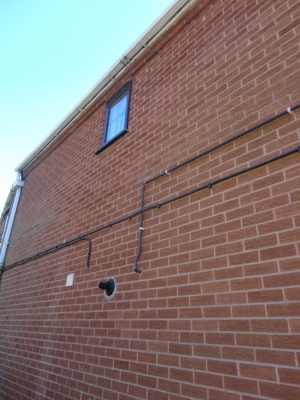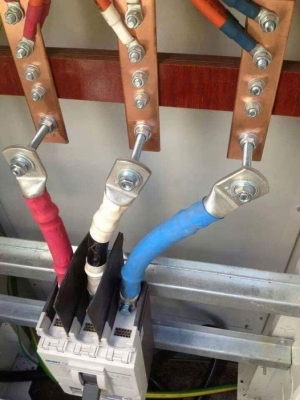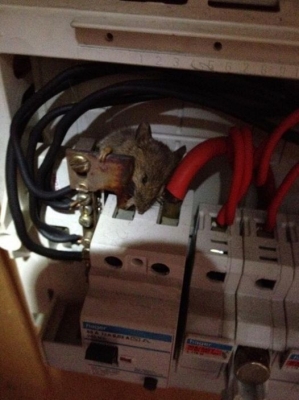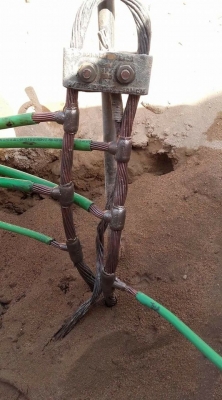Electrical power utilisation with respect time (t),..Dynamic power (t)
In the first blog of this series the concept and rudiments of electrical energy were introduced. Succinctly, the blog introduced the general circumstance of the that standard unit of measurement of electrical energy the kilo Watt hour (kWh, or kWhr) used by suppliers of electrical energy as a measurement ‘unit’ for charging for the consumption/use of electrical energy by users/customers.
Simply, a kilo Watt hour (kWh), equates to the consumption of one (1) thousand watts (1000 Watts = one (1) kilo Watt) of electrical energy over a time period of one (1) hour. Graphically, this can be represented as shown in Figure 1.
The graph presented in Figure 1 of Time (t) in hours plotted against Electrical Power (kW) is an idealised representation of the unit of electrical energy of one (1) kilo Watt hour (kWh).
If we now consider a real time, dynamic example of say an electrical kettle which has a power rating of 1kW and we were to switch the kettle ‘on’ at time zero (0) and then switch the kettle off after one (1) hour, the graph would change slightly as shown in Figure 2
Again the graph presented in Figure 2 is somewhat idealised since at the point of ‘switch on’ of the kettle, the state of electrical power ‘draw’ by the kettle cannot be an instantaneous transition from 0 (zero) to 1 kW, i.e. electrical power cannot be zero (0) and one (1) kW at the same instant of time. In mathematical terms this is referred to as a discontinuation. Furthermore, at the point of ‘switch off’ the ‘decay of electrical power cannot be an instantaneous transition from 1 kW to 0 (zero) as shown in Figure 3.
The graph of Figure 3 now presents a ‘closer’ representation to the real life operation of a kettle in respect of the ‘continuous’ transition of electrical power relative to ‘time at the instances of switch on and switch off, albeit the power transitions are ‘slightly exaggerated to explain a point.
Reverting again to the consideration of electrical energy consumption for the period of kettle operation, the calculation of energy consumption becomes more complexed since the variance of electrical power over the time period is separated into three (3) domains, i.e. switch on, operation and switch off.
Further the dynamic operation of the kettle represented in the graph of Figure 3 is again somewhat idealised, since we have not taken into account the ‘load’ of the system, i.e. the entity which consumes the electrical energy input to the system of the kettle. In other words the electrical system of the kettle is an energy ‘source’ and the water, which we require to ‘boil’, is the energy ‘drain’.
When considering the load of the system (water), this too is a dynamic subsystem since the water in the process of heating interacts with its environment, i.e. the water absorbs energy (from the electrical system of the kettle) yet also dissipates energy to say the walls of the kettle and to the air through the mouth of the kettle.
The latter may appear that we are digressing from the overall subject of the blogs,…“Electrical Consumption Meters – Are they accurate? How can we check?”, yet we need to understand fundamentally how energy is ‘consumed’ and in what ‘quantity by domestic appliances before we can establish if our Electrical Consumption Meter is accurately measuring energy consumption and collating such. Accordingly, we shall look at the energy attributes of a load system in the next blog.
Thank you Robert
Eur Ing Dr Robert Brown (Robert) is a Consultant Engineer in the fields Electrical Electronic and Control Engineering. Robert is also an accomplished professional Expert Witness having prepared and presented many court compliant reports and presented oral evidence within the High Court, Crown Courts and County Courts.
For further information please contact Robert via;
Email,…robert.brown@frasergeorge.com or robertbrown@robertbrown.uk.com
Tel Land: +44 (0)1709 739228
Tel Mobile: +44 (0) 7976250624

